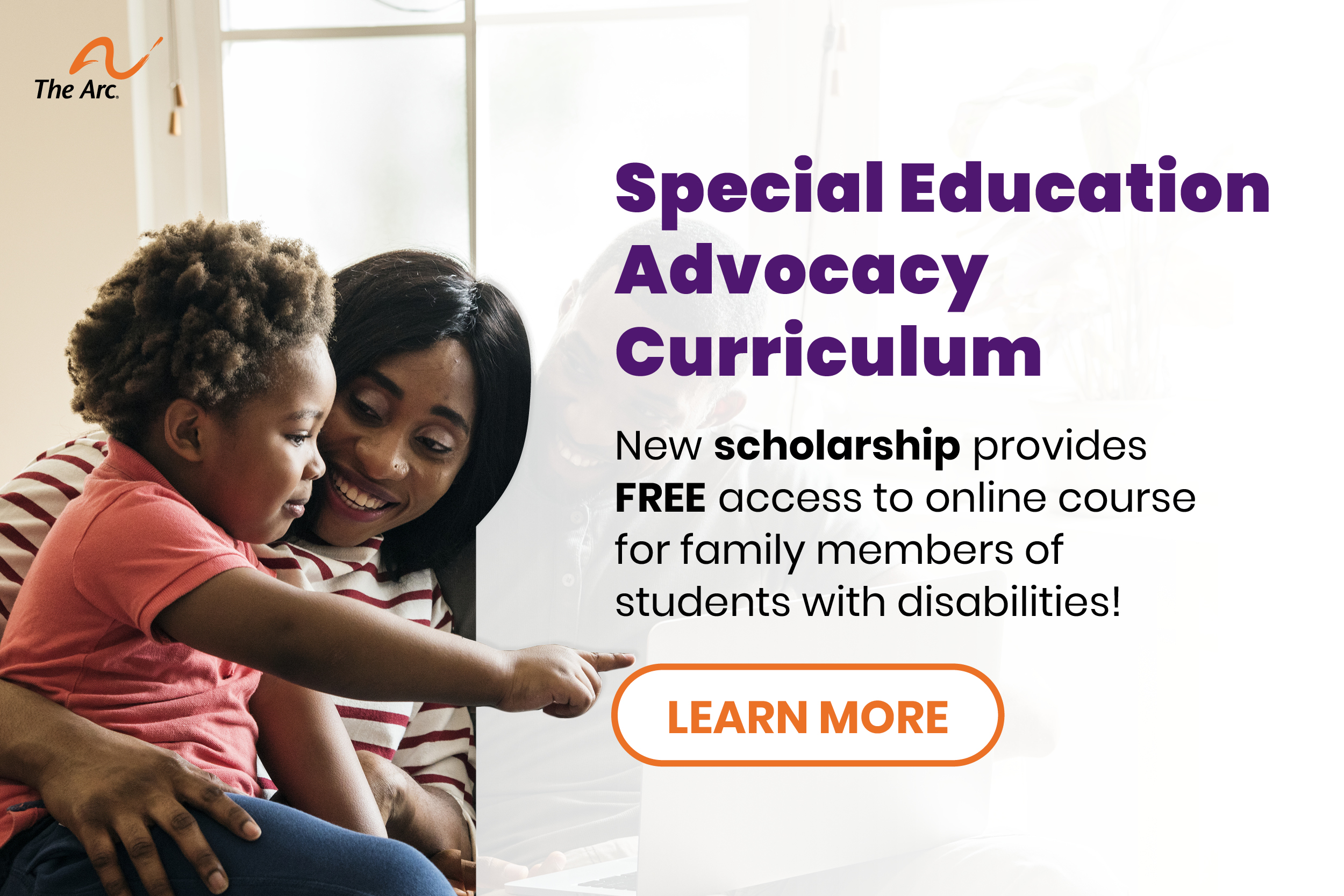This guide provides information geared to professions who work in vocational rehabilitation about how the features of people with ASD and the needs of the workplace interact. This guide offers professionals concrete suggestions on how to address common challenges that professionals may have in helping people with ASD find work in the community. Chapters in this guide discuss descriptions of autism spectrum disorders; causes; ASD culture; possible coexisting conditions; incidence statistics; common treatments, medications, and side effects; possible functional issues; initial interview considerations; career planning; and possible job accommodations.
View the Guide – Disability Policy and Studies, University of Missouri – Adult Autism and Employment: A guide for rehabilitation professionals (PDF).
This fact sheet overviews some job accommodations that might be useful for employees with ASD. These accommodations address some limitations that people with ASD may have, including difficulty with interacting with coworkers, practicing workplace social skills, communicating with supervisors, and communicating in the workplace. This fact sheet was made by the JAN. JAN provides guidance and information to employers and employees with disabilities from experts on workplace accommodations and disability employment issues.
View the Fact Sheet – Job Accommodation Network (JAN) – Job Accommodations for People with Autism Spectrum Disorders (ASD) (Word Document).
This document explains the purpose of a Summary of Performance (SOP) for a student in transitioning from high school to higher education, training, and/or employment. This document also presents a template for a SOP, including background information, the student’s post-secondary goals, the summary of school performance, recommendations, and student input. This template is written by the Learning Disabilities Association of America. This organization is the largest non-profit volunteer organization advocating for people with learning disabilities.
View the Guide – Learning Disabilities Association of America: Summary of Performance Template (Word Document).
This brief discusses the importance of writing transition goals and objectives into the IEP process. This document first suggests questions to ask students regarding their future and then outlines lists of potential objectives that could be inserted into IEPs to help identify potential areas of skill training for students and to provide some ideas of types of opportunities students may need to enhance their independence as an adult in whatever post-school environment they choose. While written by the Connecticut State Department of Educations, the suggestions are applicable to any family, student, or professional.
View the Brief – Connecticut State Department of Education: Topic Brief: Writing Transition Goals and Objectives (PDF).
This document provides answers to frequently asked questions that parents have regarding transition planning for their child who has a developmental disability. This sheet also offers tips and questions that parents should think about to ensure that the IEP and transition planning reflects the wishes and goals of their child and to help ensure that the transition from school to the community runs smoothly.
View the Fact Sheet – ALLIANCE National Parent Technical Assistance Center: Parent Tips for Transition Planning (PDF).
This website provides fact sheets; links to articles, law, and regulations regarding IEPs; information about cases relating to IEP regulations; recommended books; and tips on how to attain quality services in a person’s IEP and how to negotiate with a school or school system. This website gears its information towards parents, educators, advocates, and those in the legal profession.
View the Guide – Wrightslaw – Individualized Education Programs.
This guide is a checklist that parents, educators, people on the spectrum and other members of the transition planning team can use to more effectively gather materials about the student that will be necessary to smooth the transition process as well as to help determine appropriate measurable postsecondary goals for the student. This checklist, by Wisconsin Assistive Technology Initiative, may not be appropriate for every student and is referred to as a rough guide for the planning process and used to complement other resources.
Download the Guide – Student Resource Guide on Transition (PDF).
This website links you to information and answers to frequently asked questions about the early intervention model, SCERTS. The SCERTS Model is a research-based educational approach and multidisciplinary framework that provides support for dealing with challenges faced by children and people with ASD. It focuses on developing and building social communication skills.
View the Website – The SCERTS Model.
Parent to Parent USA is the national network of Parent to Parent programs. These programs offer one-to-one parent to parent support as the core resource for families of children with autism or other disabilities. Parent to Parent USA has a list of state and local Parent to Parent programs throughout the United States.
View the Website/Organization – Parent to Parent USA.
The National Secondary Transition Technical Assistance Center helps states build their capacities to improve transition planning, services, and outcomes for people with disabilities. Additionally, the NSTTAC provides technical assistance on research practices in transition and develops tools and materials for students, families, teachers, counselors, administrators, policymakers, and researchers about transition. Some resources include information and videos about making goals for the future, vocational rehabilitation, and completing school.
View the Website/Organization – National Secondary Transition Technical Assistance Center.

